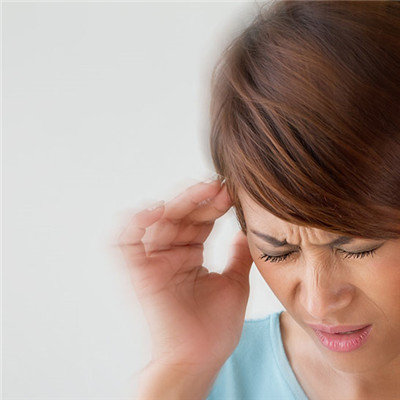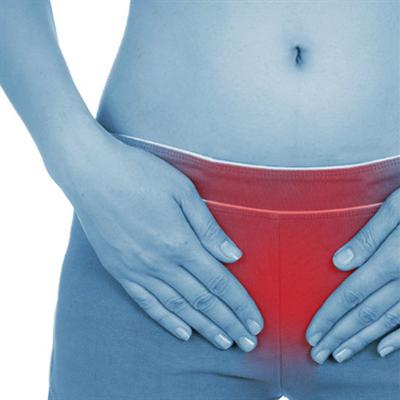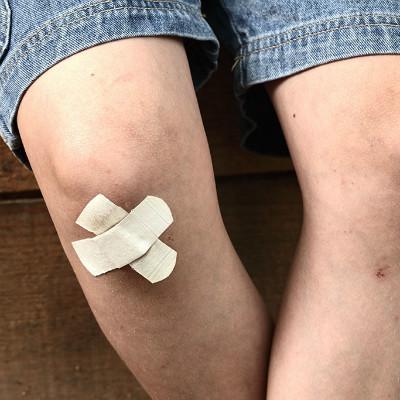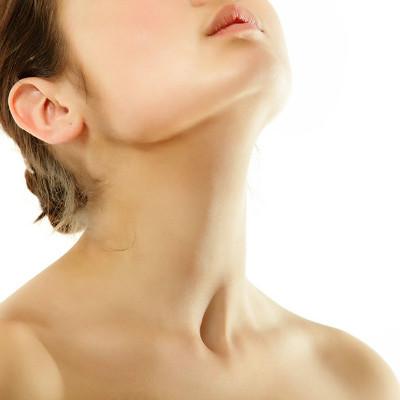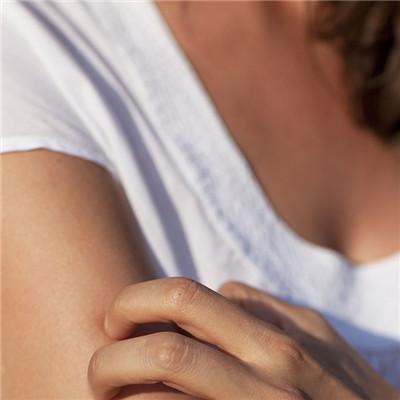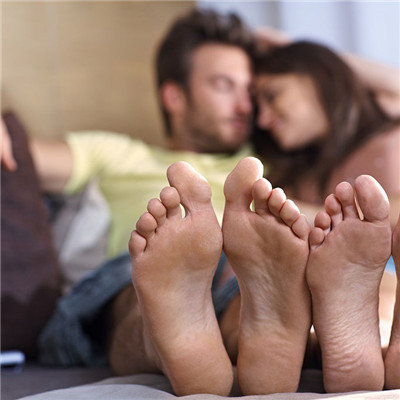10 months of baby cerebral palsy symptoms?
summary
We know that there are many kinds of cerebral palsy, but the symptoms of cerebral palsy in infancy are relatively similar. Many parents of patients with cerebral palsy are not very clear about the specific symptoms of cerebral palsy, so we must actively understand this knowledge, which can help children find the disease and treat it as soon as possible, so that children can recover as much as possible, Now let's take a look at the symptoms of cerebral palsy in 10 month old baby?
10 months of baby cerebral palsy symptoms?
1. Early symptoms (1) the newborn or 3-month-old infant is prone to panic, crying, anorexia and sleep difficulties( 2) Early feeding, eating, chewing, drinking, dysphagia, salivation and dyspnea( 3) The sensory threshold was low, and it was easy to be frightened by noise or posture change, and the hugging reflex was enhanced with crying( 4) In normal infants shortly after birth, due to the effect of step reflex, when standing upright, the two feet can move alternately. Although it may subside for a time at the age of 3 months, there is still no standing or walking person at the age of 3 months( 5) The infants who had been over 100 days could not raise their heads, and their heads still swayed when they straightened their waists from April to May( 6) Clenching: Generally speaking, infants can clench their fists within 3 months after birth without opening them. If they still have adduction of thumb after 4 months, if they do not open their hands, children with cerebral palsy should be suspected( 7) Normal infants should reach out and grasp when they see objects from 3 to 5 months. If they can't see objects after 5 months, they are suspected of cerebral palsy( 8) Generally, they will laugh 4-6 weeks after birth and recognize others later. Children with spastic cerebral palsy are indifferent, and their hands and feet move slowly. They are often sad( 9) The muscles are soft and can't turn over. The movement is slow. When touching the inner thigh of the child, or letting the child's feet land or jump up and down, the lower limbs stretch and cross( 10) Stiff, especially when wearing clothes, it is difficult for the upper limbs to get into the cuffs; When changing diapers and cleaning, the thigh is not easy to abduct; When rubbing palms, as well as when bathing limbs stiff. Babies don't like bathing( 11) Premature development: children with cerebral palsy may turn over prematurely, but it is a sudden reflex turn over. The whole body turn over is like rolling wood, rather than conscious segmental turn over. Infants with spastic diplegia may have stiff lower limbs before sitting down and stand on the toes like ballet dancers.
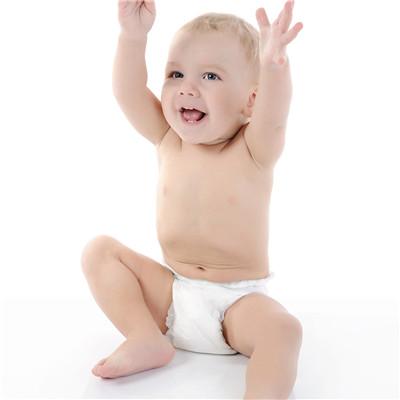
2. Main symptoms (1) dyskinesia, poor motor self-control ability, serious hands will not grasp things, feet will not walk, some will not even turn over, will not sit up, will not stand, will not chew and swallow normally( 2) Postural disorders, various postural abnormalities, poor stability of posture, 3 months still can't head straight, used to leaning to one side, or left and right before and after shaking. Children don't like to take a bath, and it's hard to break their fists when they wash their hands( 3) About 1 / 4 of the children with mental retardation and normal intelligence, 1 / 2 of the children with mild or moderate intelligence deficiency, and 1 / 4 of the children with severe intelligence deficiency( 4) Language barrier: difficulty in language expression, unclear pronunciation or stuttering( 5) The most common audiovisual disorders were esotropia and difficulty in recognizing the rhythm of sound( 6) Growth and development disorders, short stature( 7) The texture of teeth is loose and easy to break. Oral and facial dysfunction, facial and tongue muscles sometimes spasmodic or uncoordinated contraction, chewing and swallowing difficulties, oral closure difficulties and drooling( 8) Emotional and behavioral disorders are obstinate, capricious, irritable, withdrawn, emotional fluctuations, sometimes compulsive, self injurious, aggressive behavior.
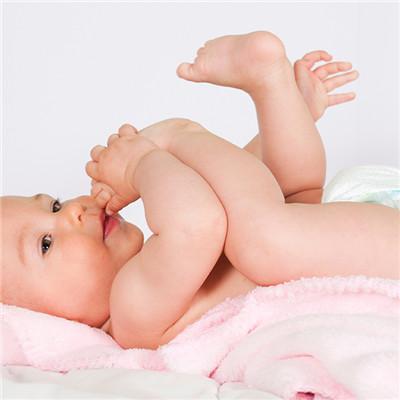
matters needing attention
The harm of infantile cerebral palsy is very great, which not only affects the healthy growth of the baby, but also affects the intellectual development of the baby, and even affects the life of the baby. Therefore, pregnant expectant mothers try to avoid these factors and give birth to a healthy baby.


